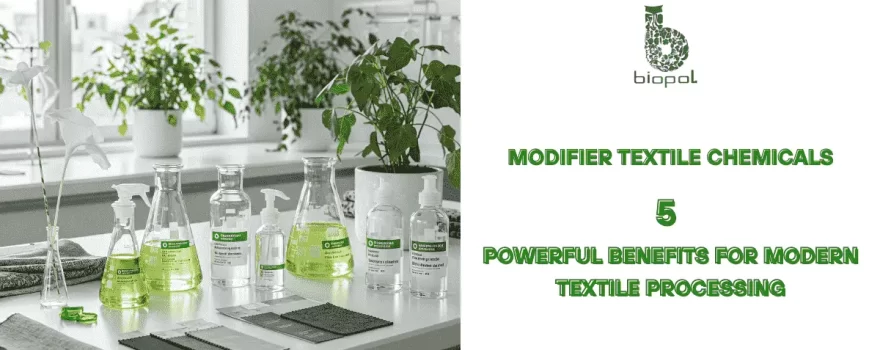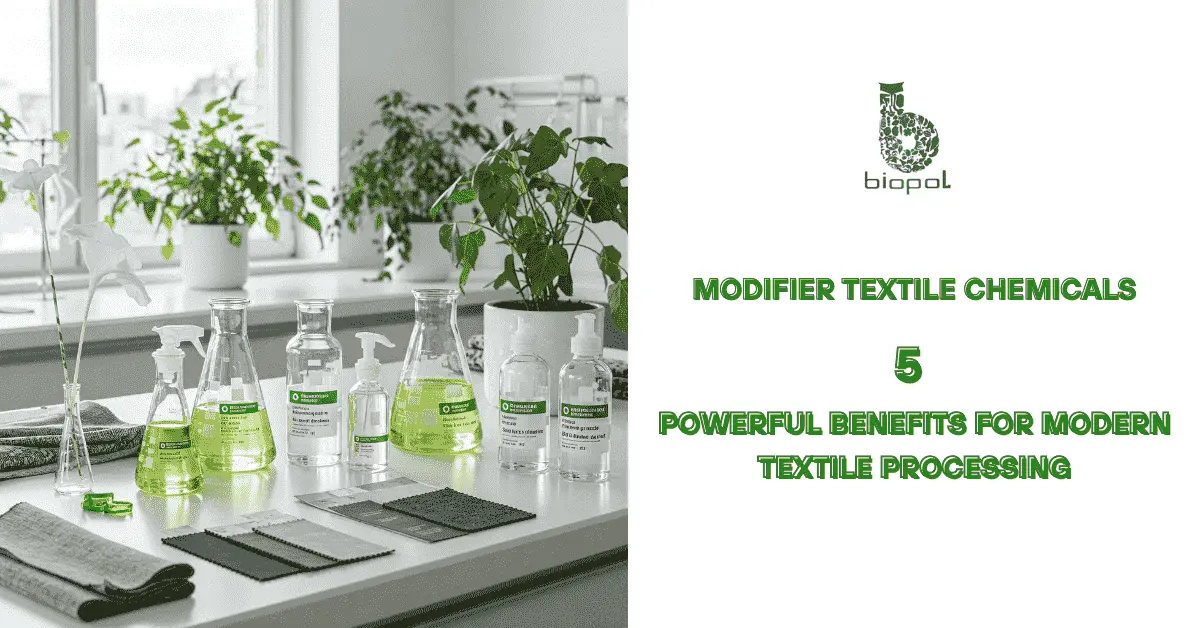
Textile chemical management is essential for maintaining product quality, workplace safety, and environmental responsibility in the textile industry. This article explores key practices—from safe handling and inventory tracking to compliance and supplier selection—that help businesses optimize chemical use, reduce risks, and achieve sustainable, efficient operations.
Table of Contents
Textile Chemical Management
Textile chemical management refers to the structured control of chemicals used throughout textile production—from selection to disposal. Effective textile chemical management directly impacts product quality, worker safety, and environmental compliance.
Why is textile chemical management critical? Poor chemical oversight leads to production delays, regulatory breaches, and costly waste. Conversely, a well-managed system keeps operations smooth and standards high.
Key components include:
- Accurate chemical selection for each process stage
- Safe storage in labeled, ventilated areas
- Controlled dispensing using calibrated systems
- Proper disposal through certified treatment methods
The benefits are clear: consistent product output, safer work environments, reduced waste costs, and faster compliance checks. Textile chemical management is more than a checklist—it is essential for protecting resources and building long-term manufacturing trust.
Safe Handling and Storage Practices
Safe handling and storage practices form the backbone of textile chemical management. One careless error can trigger accidents, health risks, or equipment damage. This is not just compliance—it’s protecting people and profit.
Personnel must wear protective gear such as gloves, goggles, and aprons. Clear container labeling prevents dangerous mix-ups. Training staff to identify hazards and respond swiftly to spills is vital.
Storage requires chemicals to be:
- Sorted by compatibility to prevent reactions
- Stored at stable temperatures away from sunlight
- Kept in leak-proof, corrosion-resistant containers
- Placed off the ground on ventilated shelving
| Chemical Type | Storage Requirement |
| Acids & Alkalis | Separate areas, corrosion-resistant bins |
| Solvents | Flame-proof cabinets, cool environment |
| Dyes & Pigments | Dry, sealed containers, away from heat |
Neglect invites disaster; diligence prevents it. Safe handling and storage are core to textile chemical management success.
Chemical Inventory and Tracking
Chemical inventory and tracking are indispensable for textile chemical management. Without them, costs escalate, audits fail, and operations face disruption.
Smart inventory control begins with real-time tracking. Every chemical delivery is logged with quantity, batch number, expiry, and usage details. Digital tracking systems reduce errors and ease inspection readiness.
Best practices include:
- Barcode or RFID tagging of containers
- Automated alerts for low stock or expiry
- Segregated storage by chemical function and risk
- Usage tracking to monitor consumption patterns
| Chemical Name | Batch No. | Quantity | Expiry Date | Assigned Use |
| Sodium Hydroxide | SH-2201 | 50 L | 12/2025 | Bleaching |
| Disperse Blue 79 | DB-3408 | 25 kg | 08/2026 | Polyester dyeing |
Textile chemical management thrives when chemicals are tracked through their lifecycle, enabling cost control and waste reduction.
Wastewater and Disposal Solutions
Wastewater and disposal solutions are key pillars in textile chemical management. The industry produces chemical-rich effluent requiring careful treatment to avoid environmental fines and damage.
Effective wastewater management involves onsite segregation and treatment using sedimentation, filtration, and biological methods. Advanced techniques include membrane filtration and neutralization.
Disposal best practices:
- Neutralize pH levels before discharge
- Monitor contaminant levels regularly
- Employ licensed contractors for hazardous waste
- Maintain detailed disposal documentation
| Waste Type | Recommended Disposal Method |
| Acidic wastewater | Neutralization, then discharge |
| Dye residues | Chemical coagulation and filtration |
| Solid chemical waste | Handled by licensed waste contractors |
Sound wastewater protocols protect ecosystems, ensure compliance, and support cost efficiency in textile chemical management.
Compliance and Documentation
Compliance and documentation form the foundation of textile chemical management. Strict adherence to regulations avoids legal penalties and operational interruptions.
Documentation must be precise, current, and accessible. This covers safety data sheets (SDS), purchase records, usage logs, and disposal certificates. Regular internal audits identify issues early.
Critical compliance tasks include:
- Maintaining comprehensive chemical inventories
- Ensuring accurate labeling and storage records
- Keeping detailed usage and disposal logs
- Preparing for regulatory inspections and reporting
Failing compliance is costly—heavy fines, halted production, and brand damage are at stake. Textile chemical management requires disciplined documentation: if it isn’t recorded, it effectively doesn’t exist.
Choosing the Right Chemical Supplier
Selecting the right chemical supplier is a cornerstone of textile chemical management. Quality, reliability, and sustainability of supplied chemicals influence production efficiency and regulatory compliance.
Key selection factors:
- Verified certifications and proven track records
- Consistent product quality and batch uniformity
- Timely delivery to avoid downtime
- Eco-friendly chemical options
- Transparent quality control and strong customer support
Opting for the cheapest supplier can backfire. Long-term partnerships with dependable suppliers minimize risks and enhance control. After all, a chain is only as strong as its weakest link.
To monitor evolving market dynamics and innovations, explore the latest news for textile chemicals.
FAQs on Textile Chemical Management
What Chemicals Are Used in Textile?
Textile production uses various chemicals, including dyes, bleaches, softeners, detergents, wetting agents, and finishing agents. Common examples include sodium hydroxide (for scouring), hydrogen peroxide (for bleaching), and disperse dyes (for synthetic fabrics). Each chemical serves a specific role in fabric preparation, coloration, or finishing.
What Is Meant by Textile Management?
Textile management refers to the strategic planning, coordination, and control of operations in the textile industry. It encompasses procurement, production, quality control, chemical usage, sustainability, and regulatory compliance—ensuring efficient, safe, and cost-effective textile manufacturing processes.
What Is a Chemical Management System?
A chemical management system is a structured framework for handling chemicals safely throughout their lifecycle—selection, storage, usage, and disposal. In textile settings, it helps reduce risks, ensure regulatory compliance, control costs, and maintain consistent product quality through standardized procedures and real-time tracking.

